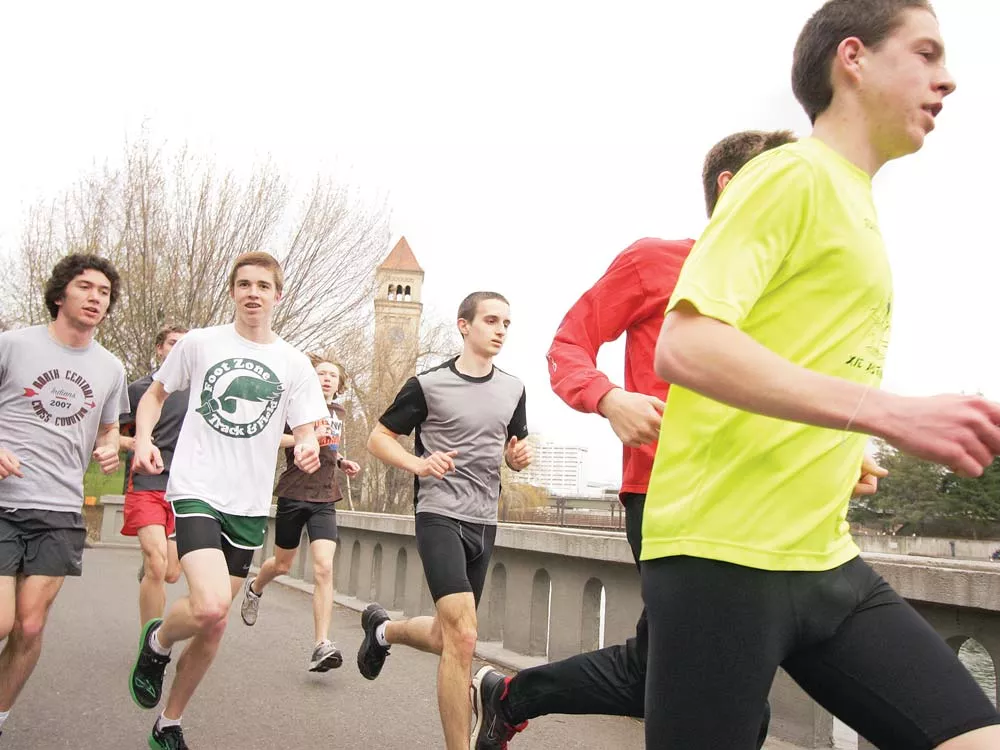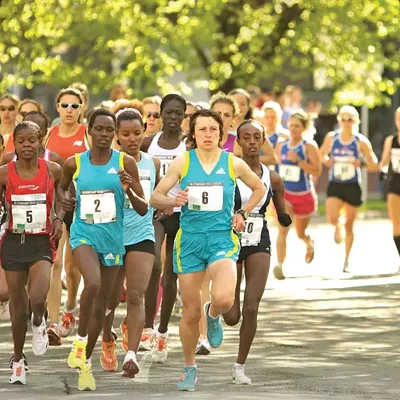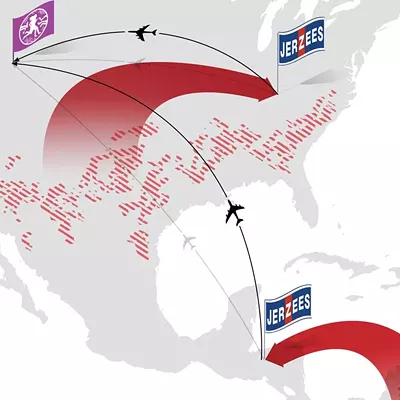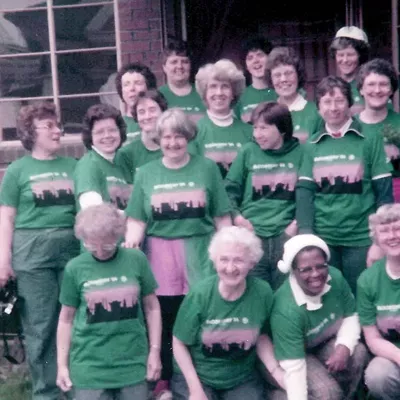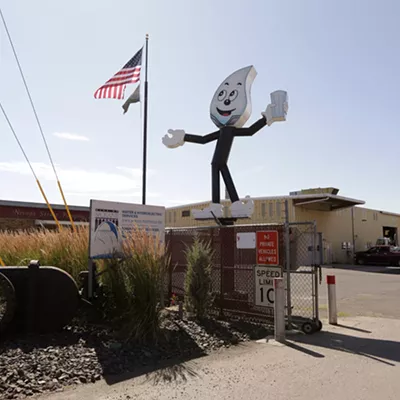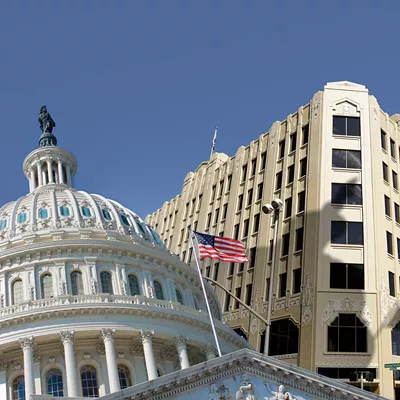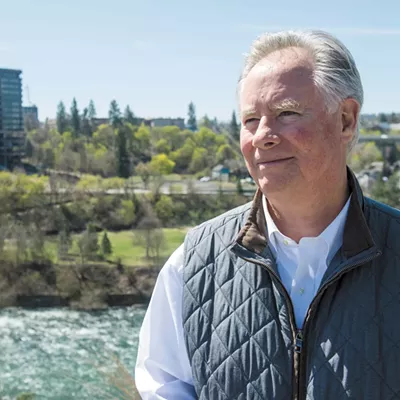It was a Bloomsday race years ago when Nathan Weitz discovered what he was capable of. As a sixth-grader, he couldn’t stand the slow pace of the people he was running with.
So for that last mile, he ran by himself. His time for that last mile — even after the previous 6.2 miles — was 5:45. A personal record.
Now at Shadle Park High School, he runs the mile in 4:15. He’s ranked 17th in the nation. Yet Weitz — and every single other Shadle Park distance runner — is banned from running Bloomsday.
His coach, like many Spokane highschool distance track coaches, forbids his best runners from participating in the race.
Spokane probably has the fastest county-wide cluster of high school distance runners in the nation. And Spokane has one of the world’s largest timed road races. But because of timing, the two phenomena rarely connect.
“You can’t run Bloomsday. Real simple,” Weitz’s coach, Bob Isitt, says. “It comes at a bad time before districts. … To run 7 1/2 miles on asphalt, on a day that’s supposed to be an off-day.”
For junior varsity runners, the all-city meet is less than a week away, and for varsity runners, districts are a week after that.
It’s exactly when coaches are pulling their runners back, resting their muscles to hone them for end-of-season competition.
Isitt doesn’t have anything against Bloomsday; race founder Don Kardong is his former roommate. But his rule is solid: If you’re in districts, you better not run Bloomsday. Six or seven years ago, one runner did.
“He was suspended from the next meet,” Isitt says.
At North Central High School, where the crosscountry team won the national championship in 2008, Bloomsday doesn’t even enter into the discussion.
The
Thursday before Bloomsday, distance coach Jon Knight explains, the
North Central boys go against Ferris — the 2009 cross-country national
second-placers. On Saturday, most of their top runners travel to the
Shoreline Invitational in Seattle. By the time they get back, it’s 2 am
on Bloomsday morning.
If Kardong had hewn to his inspiration, Bloomsday would land on June 16 — the date James Joyce fans worldwide celebrate the stream-of-consciousness adventures of Ulysses protagonist Leopold Bloom — far away from track season. But June is too hot Kardong says, and the day of the week would change each year. Hold Bloomsday in the fall, and you miss out on the titular blooms. Hold it earlier in the year and it’s too cold and rainy. The same mild weather ideal for championship track racing is perfect for Bloomsday.
One coach in the Greater Spokane League seems to be a big exception to the No-Bloomsday rule. At Lewis and Clark High School, all the top distance runners ran Bloomsday last year.
“It’s been difficult for me to tell runners to not run Bloomsday, because it’s such a big, positive healthy atmosphere,” distance coach Mike Brady says. “At times, I’ve regretted it. … Last year my No. 1 runner wasn’t the same after racing Bloomsday.”
Kenji Bierig — who Brady calls the fastest distance runner in the state — ran Bloomsday at around a 5:45 mile pace. And he seemed fatigued afterward, Brady says. Bierig’s improvement plateaued for the rest of the season. Bierig, a senior this year, may run Bloomsday again.
“To me, life is too short to limit someone who wants to run one of the biggest events in Spokane,” Brady says. “Track is big. But Bloomsday is also big.”
At North Central, meanwhile, the runners know that if they do run, their coaches will find out. Len Long moonlights as a Bloomsday announcer. Perched above the finish line, he can spot familiar faces in the throng.
Last year, one North Central distance runner blistered through the finish line in a lightning-quick time.
“What are you doing running this fast!?” Long yelled at him, calling him out by name over the PA system.

